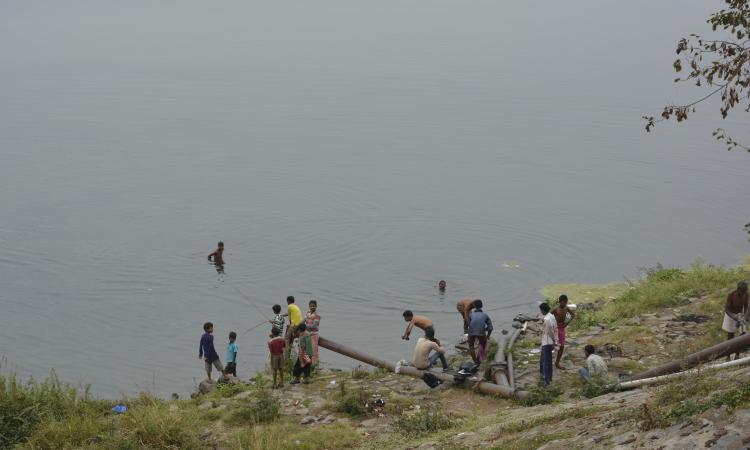
Between May and December 2014, 17 deaths were registered in Sambalpur due to jaundice but residents say that the death toll due to water-borne diseases is much more than that. In January 2015, the Odisha High Court issued a notice to the state government asking it to furnish details on the steps taken to check the Jaundice outbreak in Sambalpur.
What is Jaundice?
Jaundice is a medical condition with yellowing of the skin or whites of the eyes, arising from excess bilirubin in the body. Jaundice is a viral infection caused by contaminated water and food. This condition can damage the functioning of the liver and can lead to death.
Why has this situation arisen?
Faulty pipelines and poor drainage systems have contaminated the drinking water in Sambalpur and resulted in this outbreak."More than 80 percent of the toilets in Sambalpur do not have soak pits and they directly contaminates water", says Sibasankar Nanda, Senior news editor of "The Samaya". “The houses are located close to the toilets. Most of the municipal pipes that provide drinking water to residents pass through the drainage and contaminates the water”, says a 24 year old resident Chintu Kumar.
Some facts
- According to Census 2011, there are 7,935 towns in India, with a total urban population of more than 377 million (or 31.16% of the total population).
- As per a UNICEF report, “It is estimated that around 37.7 million Indians are affected by waterborne diseases annually”.
- More than one lakh people die of water-borne diseases annually. As per a Population Foundation of India study:
- 50.7 percent of the urban households in India have access to piped water supply at home.
- 41.6 percent of the urban households in India have access to public tap/hand pump.
- 47.2 percent of the urban poor households in India use sanitary facility (flush/pit)
The film “Unfolding Public Water-Epidemic in Sambalpur” unfolds the problems of water systems in the country and raises important concerns to find new solutions to this growing epidemic.